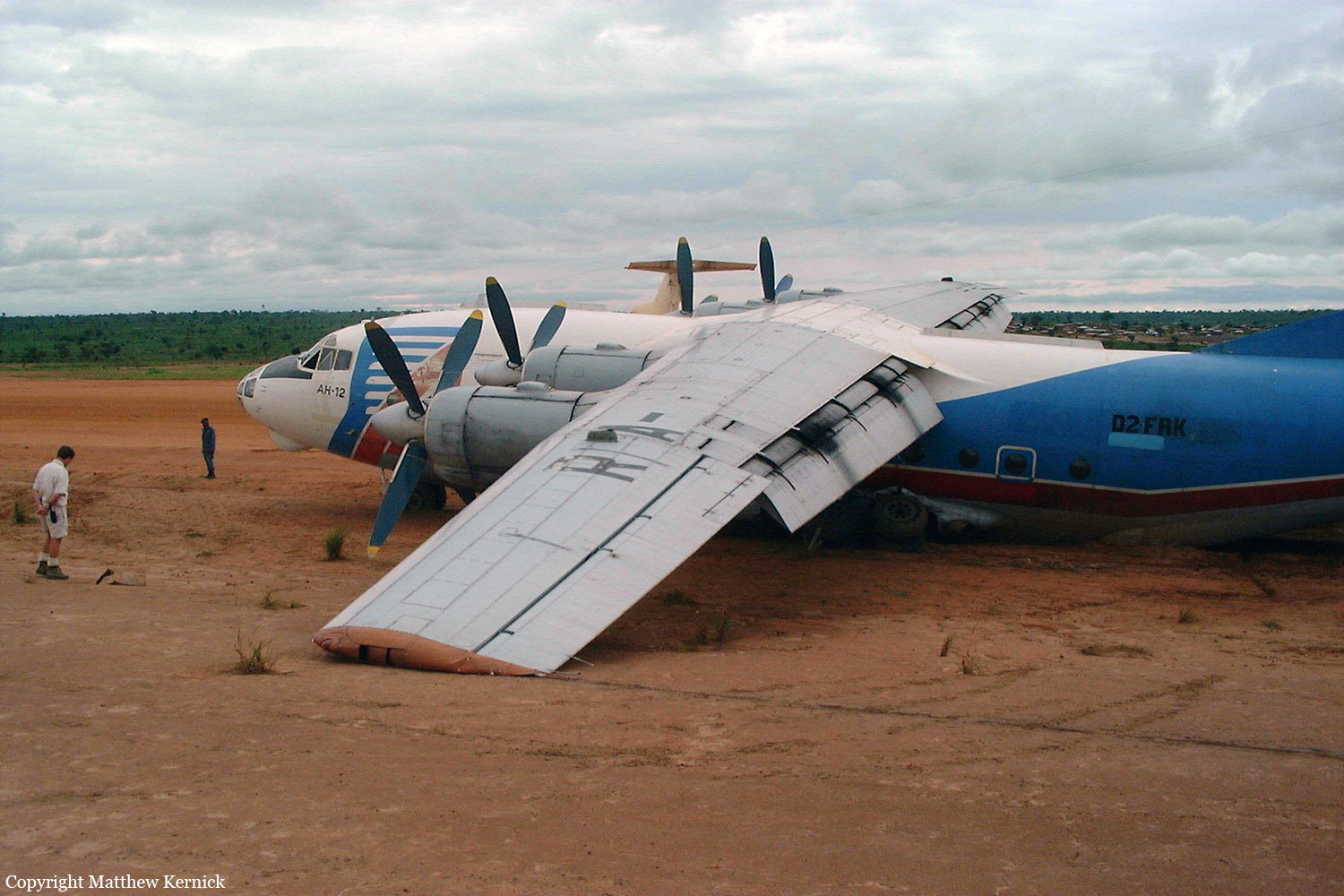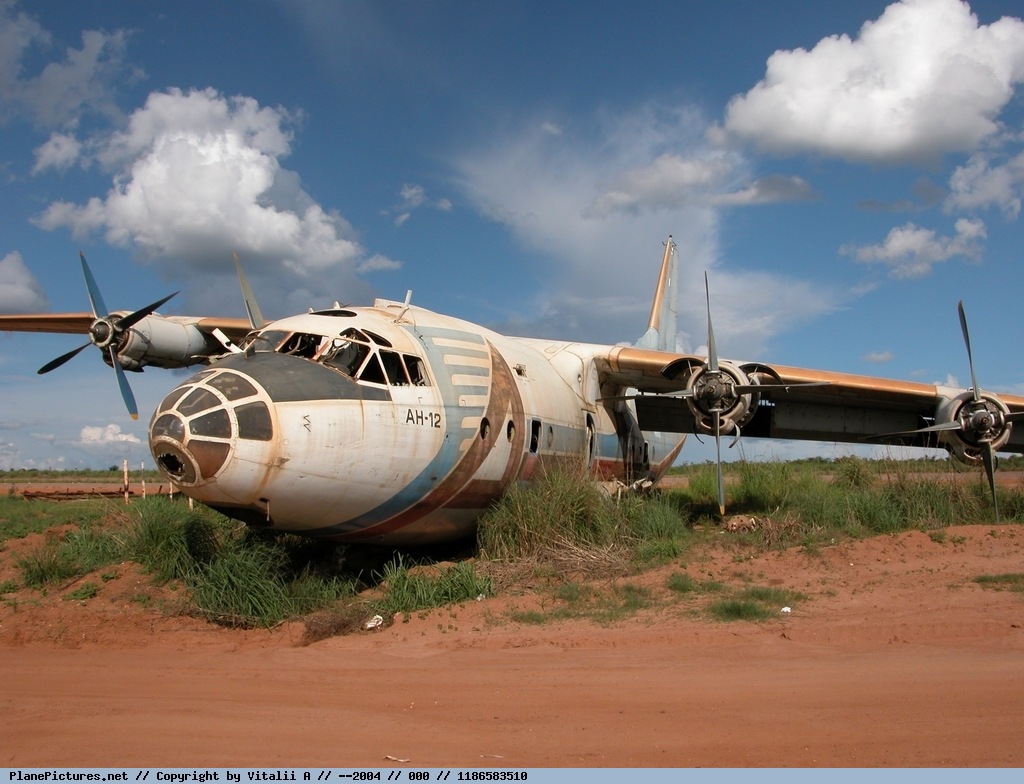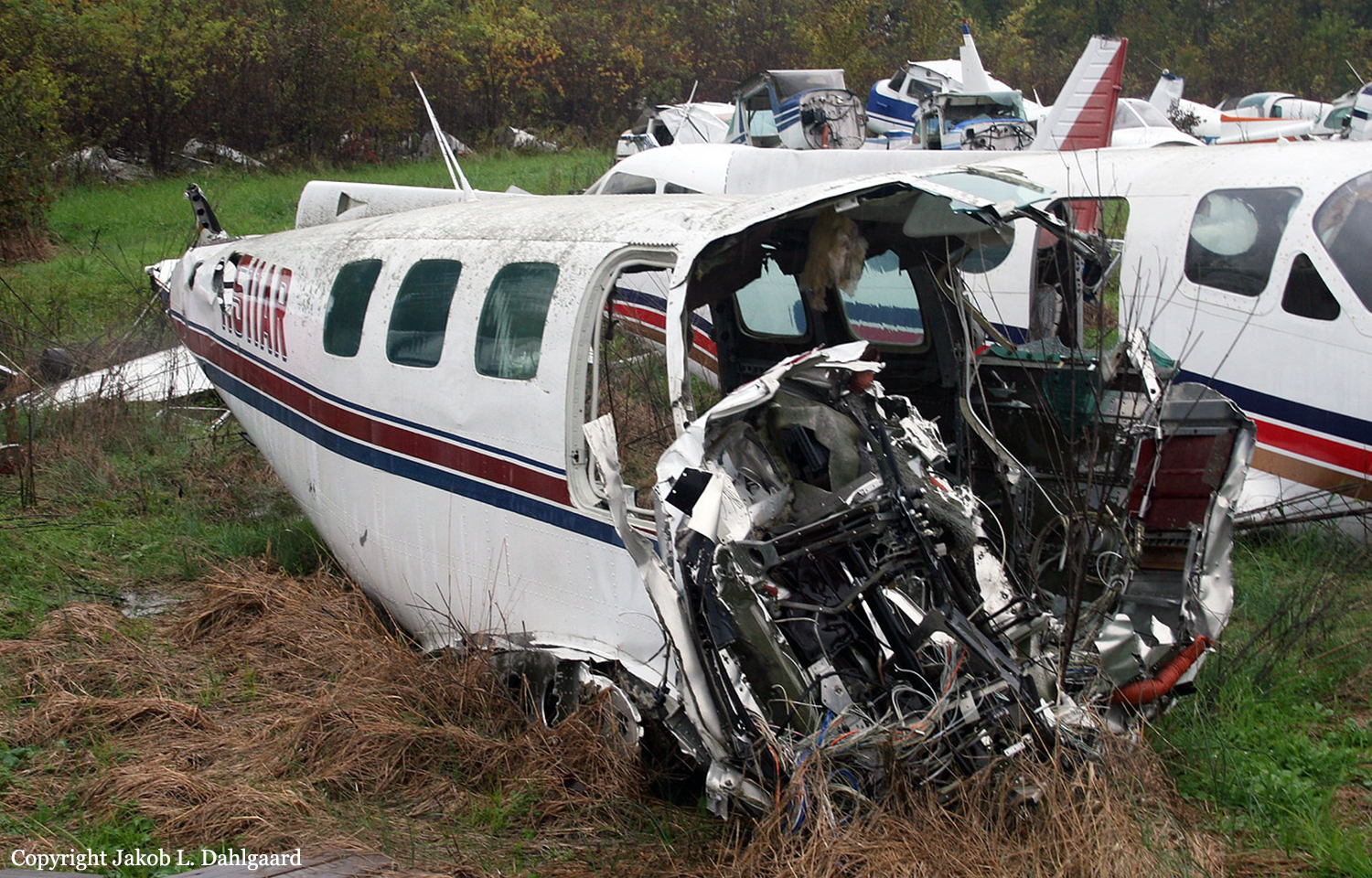Crash of a Beechcraft 200 Super King Air in Apache-Hamburg
Date & Time:
Dec 15, 1999 at 1615 LT
Registration:
C-GKBN
Survivors:
Yes
MSN:
BB-29
YOM:
1975
Crew on board:
2
Crew fatalities:
Pax on board:
5
Pax fatalities:
Other fatalities:
Total fatalities:
0
Circumstances:
The crew of C-GKBN, a Beechcraft 200 Super King Air with 5 passengers, made a straight-in approach, with approach flap settings, to a snow-covered and icy runway at Hamburg, AB, Canada. Upon touchdown in 2 inches of snow, directional control was lost. The aircraft turned sideways on the strip, struck a snow windrow, which then pulled the aircraft off the strip into a stand of trees. The First Officer had made the landing. The aircraft had picked up about 1/8 inch of ICA on the approach. Approach flap had been used for the landing instead of landing flap. The aircraft had landed with a five knot tail wind. The landing touchdown was reported to be very firm. There were no injuries but the aircraft was substantially damaged. Company representatives examining the runway surface after the accident discovered a rut running diagonally across the runway, which was apparently present prior the landing and may have contributed to the loss of directional control of the aircraft.














